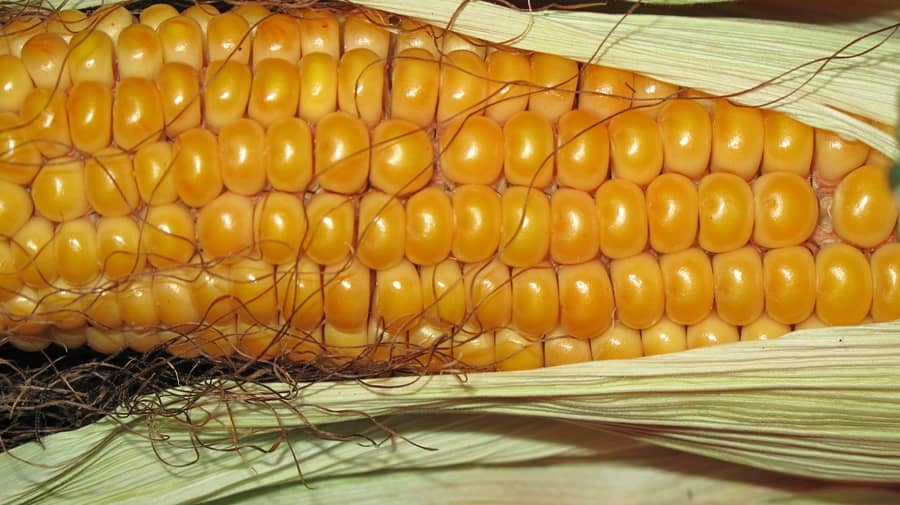Porto Alegre, February 27, 2024 – US stocks appear to be starting to weigh on prices on the CBOT. The market had already made corrections following the record 2023 US crop and the jump of stocks to 55 mln tons. The fact that China is already positioned with its imports from Brazil leaves a few options for the USA in exports, and this seems to have become clearer to the market from now on. The arrival of a full crop in Argentina and with strong export appeal accelerates this pressure in the international environment, in a situation in which there is a lack of arguments for growth. The bias toward cutting the US acreage has not yet been enough to reverse this pressure on prices.
While the market struggles with the attempt to find a recovery variable for soybean prices, due to production factors in Brazil and attention still on Argentina, in the case of corn the market seeks a return to historical averages. This configuration could have already occurred with the December 2023 contract on the CBOT, however, it seems that agents took longer to digest the record 2023 US crop and the high stocks. Now, March enters its settlement period, testing USD 4.00/bushel, under pressure from exports that need to reach higher volumes until the new crop begins to avoid generating a chaotic environment for domestic prices and the CBOT as well.
In 2023, the US market struggled to replenish stocks. Despite high soybean prices still on the CBOT and strong international demand, US growers planted a significant area of 94.6 mln acres, almost five mln acres above 2022. This is because stocks were just above 30 mln tons and prices above USD 5.00/bushel, figures favorable to local growers.
The 2023 crop, despite weather problems in Iowa and Illinois, brought a record production level of 390 mln tons. Even with good local domestic demand, stocks rose to 55 mln tons, the highest level since 2020. High stocks, low prices. The alternative is exporting, as has always been. The point is that Brazil has found the path to definitive exports, with strong support from Chinese purchases in 2023. China began to absorb plenty of corn in Brazil and stopped participating in the US market, at least in 2023. This movement with low stocks has little relevance to the CBOT. With high stocks, the impact is more significant.
At this moment, Brazil has no export demand because its domestic prices are above export parity. So, there is room for global demand to move toward the United States in the coming few weeks. If weekly exports recover, the CBOT lows could turn into stabilization, that is, they will only prevent new sharp lows below USD 4.00/bushel. However, there is another preponderant issue: Argentina is returning to the market, as we have pointed out in our newsletters. With the ability to make strong global sales, Argentina will become the biggest competitor of the USA in the first half of the year and hinder the emptying of stocks.
At the end of March, we will have the US Planting Intention report. If the bias is already known for planting, with cuts for corn and increases for soybeans, the proportion of this convergence of areas is still unclear. The USDA report will make this clear to the market, as a cut beyond 91 mln acres can be considered bullish for new-crop contracts, at least initially. Later, in May, the first production estimate based on a yield of 180/182 bushels/acre will neutralize the acreage cut. Then, there will still be the weather, as there is no demand surge to change the price trajectory. The climate maps for May and June point to normal planting conditions for the 2024 US crop.
Copyright 2024 – Grupo CMA

